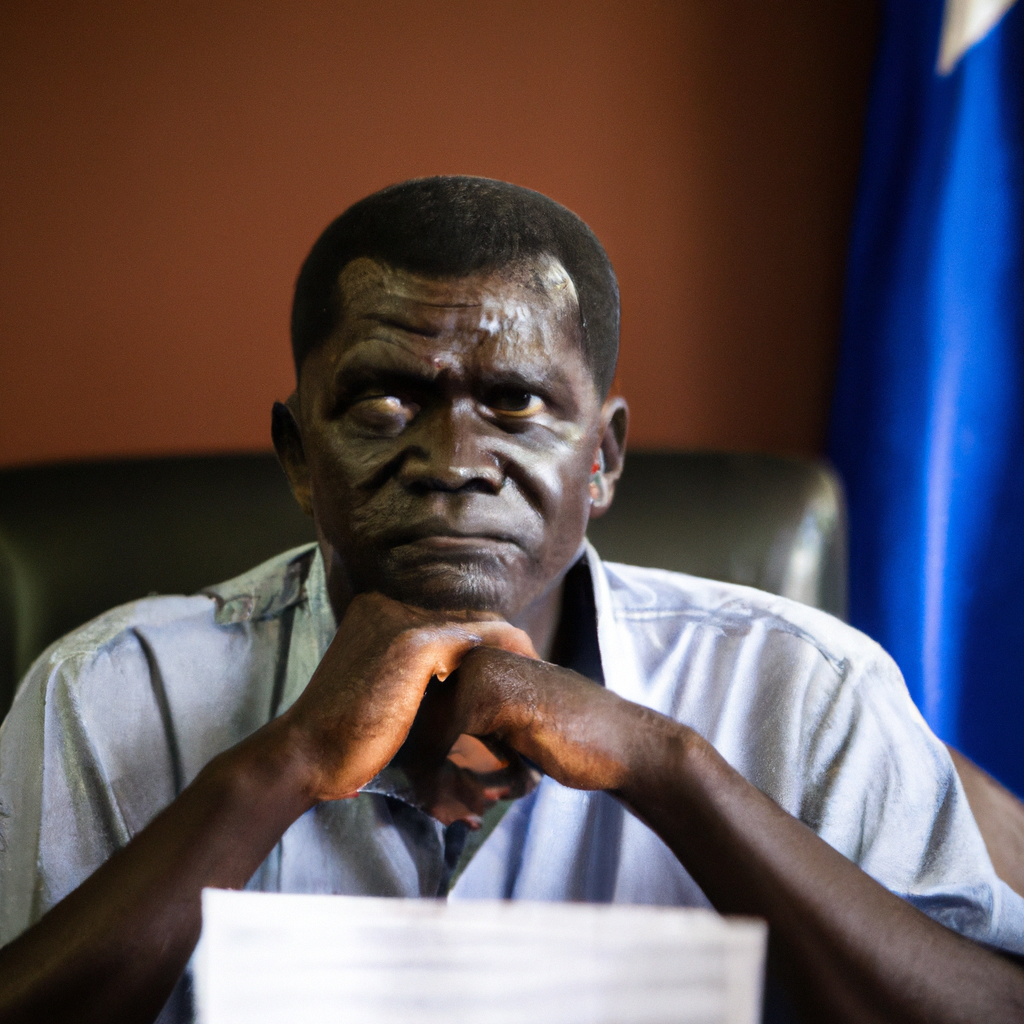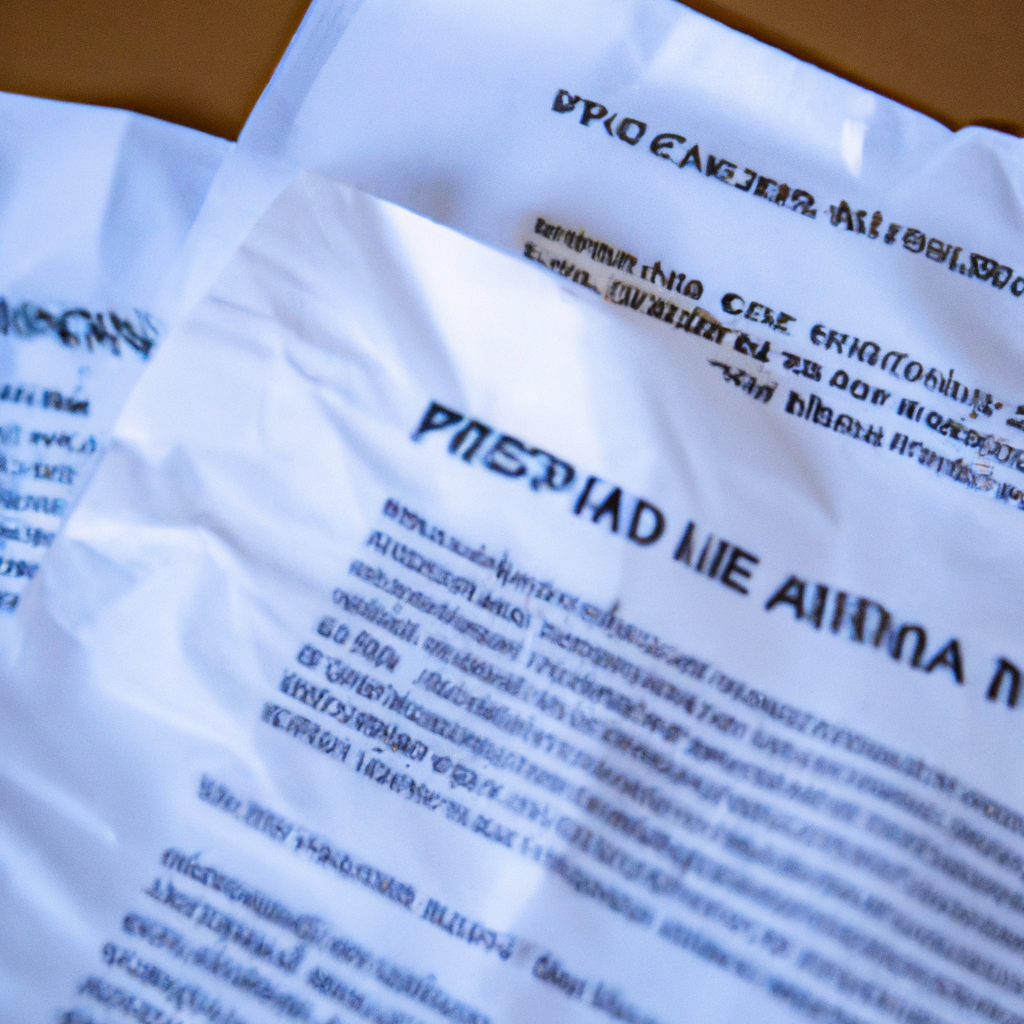Ugandan forces are mobilizing in Northeast DR Congo in response to rising concerns about conflict and insecurity in the region. This strategic move comes amid escalating tensions and violence attributed to various armed groups, which have raised alarms not just in Uganda but across the Central African region. Ugandan officials have expressed their commitment to stabilizing the border area to ensure that both Ugandan and Congolese citizens are safe from the spillover effects of conflict. The deployment is part of broader regional security efforts involving collaboration between Uganda and the Democratic Republic of the Congo (DRC).
Context of the Conflict
The northeastern region of the DRC has long been plagued by instability due to the presence of multiple armed groups, including the Allied Democratic Forces (ADF) and various militia factions. These groups often engage in attacks against local communities, leading to displacement and humanitarian crises. Uganda has a vested interest in this stability, as recent reports indicate that violence has spilled over the border, prompting fears of a resurgence of conflict reminiscent of the early 2000s.
In response to these threats, the Ugandan government has initiated military operations aimed at dismantling armed groups operating along its borders. Reports indicate that the Ugandan People’s Defence Forces (UPDF) have begun coordinating with DRC’s military to conduct joint operations. This strategy aims to not only tackle immediate threats but also establish a long-term security framework that discourages future violence.
Local and Regional Impacts
The mobilization of Ugandan troops into DRC underscores a significant shift in regional military dynamics. Local communities in the border regions have reacted with a mix of apprehension and hope, with many expressing desires for improved security.
Key points regarding the deployment include:
- Cooperation: The Ugandan military is working closely with Congolese forces to share intelligence and resources.
- Community Safety: Local leaders have called for enhanced protection for civilians who continue to bear the brunt of violence from armed groups.
- Humanitarian Concerns: Increased military presence raises questions regarding the potential impact on civilian populations, existing humanitarian efforts, and the need for assistance.
The involvement of Ugandan forces could lead to improved stability, but it also poses risks of escalating tensions with local groups who might view the military deployment as an invasion or interference.
Potential Outcomes and Future Implications
As Ugandan forces push into northeastern DRC, the outlook remains uncertain. While the immediate goal is to stabilize areas plagued by conflict, there are concerns about the sustainability of this military approach.
Strategically, this operation could pave the way for stronger security partnerships between Uganda and DRC, fostering greater economic cooperation in the long run. Regional stakeholders, including the African Union and the East African Community, are likely to monitor the situation closely to ensure compliance with international law and respect for human rights.
Ultimately, success will depend on the ability of both Ugandan and Congolese forces to collaborate effectively while addressing the grievances of local populations. Failure to do so may not only undermine security efforts but also exacerbate existing tensions in the region, leading to further violence and instability.
In conclusion, the mobilization of Ugandan forces in Northeast DRC is a significant development that reflects growing concerns about regional instability. As both countries work towards establishing peace, the evolving situation requires careful management to avoid unintended consequences. Local communities will be looking for tangible improvements in security and assistance from regional forces, highlighting the delicate balance that must be achieved to foster lasting peace in the region.








